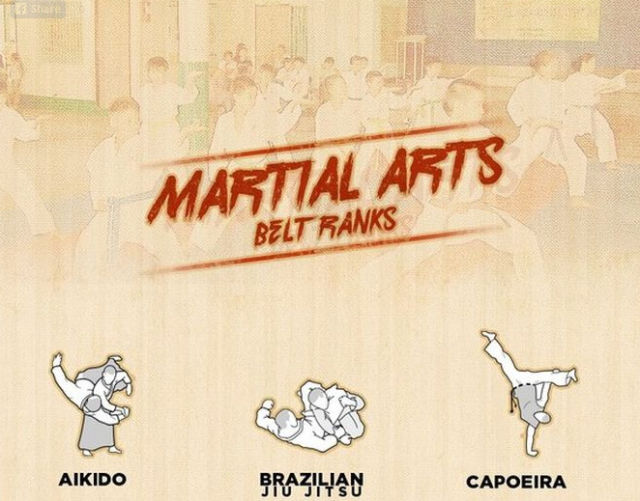Comprehending The Basic Distinctions In Between Traditional Martial Arts And Modern Battle Sports
Comprehending The Basic Distinctions In Between Traditional Martial Arts And Modern Battle Sports
Blog Article
Content By-Bright Finnegan
When you think about martial arts, do you lean a lot more toward the standard techniques or the contemporary combat sporting activities? Each course uses distinct advantages and experiences, formed by their approaches and training approaches. Typical martial arts emphasize personal growth and technique, while modern-day combat sports focus on competition and efficiency. Understanding these differences can lead you in picking the ideal technique for your journey. However just how do these differences materialize in training and philosophy?
The Viewpoint and History Behind Conventional Martial arts
While lots of people connect martial arts with physical combat, the viewpoint and history behind traditional martial arts run much deeper. You'll locate that these disciplines emphasize individual development, discipline, and regard.
Stemming from ancient practices, typical martial arts were usually created for Self-Defense and spiritual growth. They personify principles such as equilibrium, harmony, and self-constraint, guiding experts beyond mere combating skills.
As you train, you'll not only learn techniques however also obtain insights right into the culture and values that formed these arts. The rituals and practices, usually passed down with generations, promote a sense of community and belonging.
The Affordable Nature of Modern Combat Sports
Modern battle sporting activities have changed the landscape of martial arts right into a very competitive field, where athletes face off in a test of skill, strategy, and endurance.
You'll observe that competitors are commonly organized with rigorous guidelines and guidelines, ensuring justice and security. These occasions bring in large target markets, fueling the enjoyment and strength of matches.
Professional athletes train rigorously, not just for physical prowess however additionally for mental toughness, understanding that every information counts in the ring. The adrenaline thrill throughout competitions is palpable, as fighters press their restrictions to declare success.
kids martial arts near me appreciate the athleticism and virtuosity included, making contemporary combat sporting activities a thrilling phenomenon that remains to progress and astound lovers around the world.
Training Approaches and Methods: A Comparative Evaluation
The competitive ambience of modern-day fight sporting activities demands ingenious training techniques that differ significantly from typical martial arts.
In contemporary training, you'll focus on specific strategies, sparring, and conditioning, typically making use of drills that replicate actual battle circumstances. martial arts classes near me for adults 'll see an emphasis on quantifiable efficiency and frequent competition to assess your abilities.
In mouse click the following web site , traditional martial arts prioritize types, katas, and philosophical mentors, typically highlighting discipline and respect over competitors.
Training is generally less intense and may entail repetitive method as opposed to real-time sparring.
While both techniques develop skill and physical fitness, contemporary combat sporting activities offer an extra vibrant and versatile training atmosphere, preparing you for immediate challenges in the ring or cage.
Choose the path that straightens with your goals and interests.
Conclusion
In selecting between typical martial arts and modern-day battle sporting activities, it really comes down to what you value a lot of. If go to this web-site looking for individual growth, discipline, and a feeling of neighborhood, typical arts might be your ideal fit. Yet if you flourish on competitors and real-time obstacles, contemporary battle sports could be the means to go. Eventually, both paths offer distinct advantages, so it's everything about straightening your training with your personal objectives and passions.
